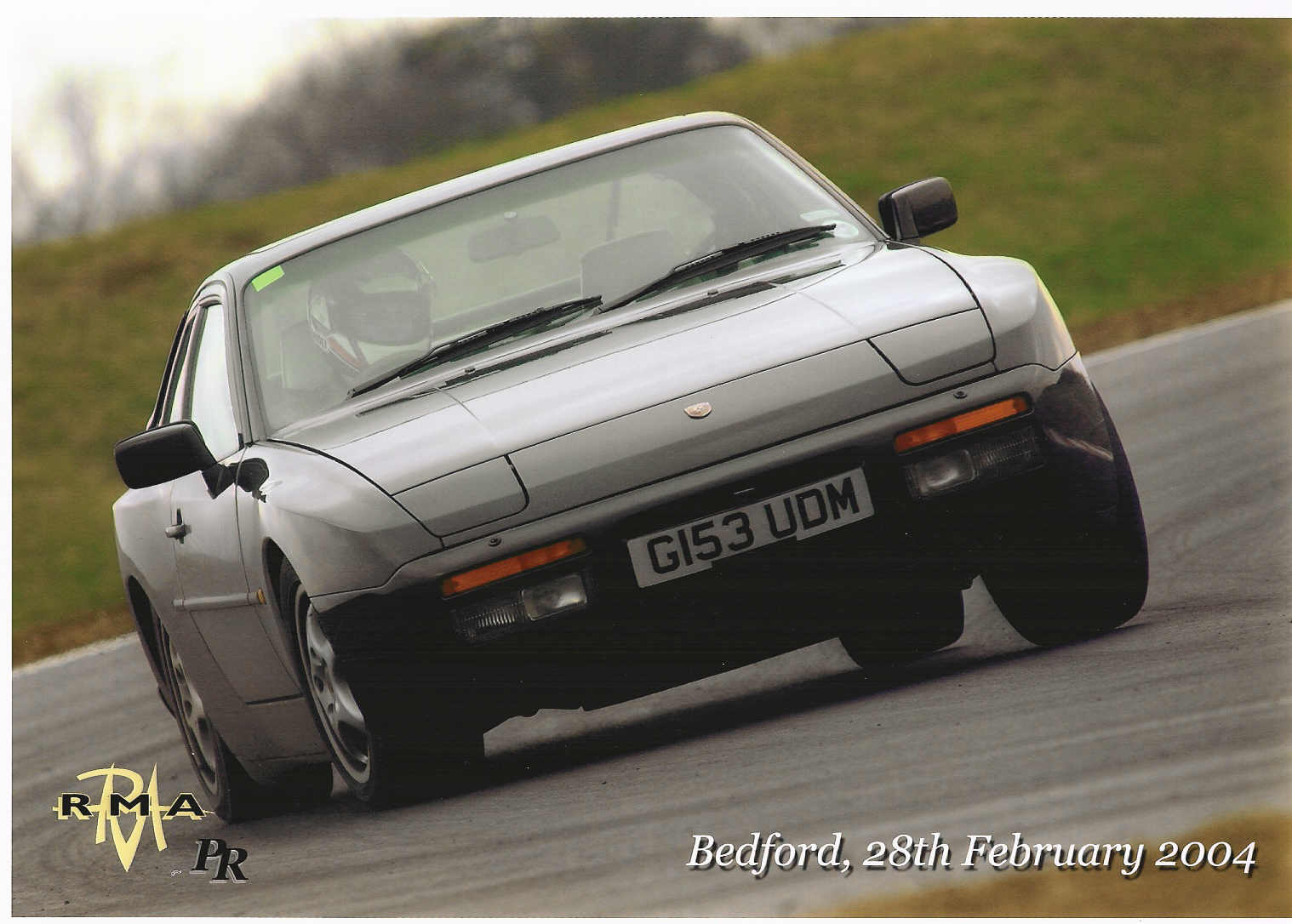The lifting of the inside wheels is down to roll (weight transfer) created by grip on the outside wheels, they have little weight left so they lift. there is very little you can do with tyre pressures to help.
Looking at you pics again I would say the outside tyres (the ones doing most of the work) look reasonable.
IMO you want tyre pressures that maximise the contact patch, too hard and you will run on the centres of the tread - reducing the contact patch, too low and you will have tyres that roll under and wear on the outside edges (and the sidewalls dont have much grip). Having said that it was impossible to stop more wear on the outsides of the fronts until I increased the negative camber over standard (the previous owner had already increased the negative camber at the rear).
I arrived at my figures (above) as they gave a relatively even wear (and temperature - only by touch) over the whole tread. On a dry track day the tyres can still get very hot and the tread blocks move around and feather at the edges, especially on newish tyres.
At the Nurburgring I didn't bother reducing the pressures, and by the end of 2 fairly fast laps with only a short break in between the car was sliding all over the place - entertaining but not quick.
My solution for trackdays (well others did it first and I couldn't keep up with them) was to invest in a second set of wheels with slicks as they give a megga amount of grip and just fit in the boot in 9 and 7.5inch widths.
Tony










